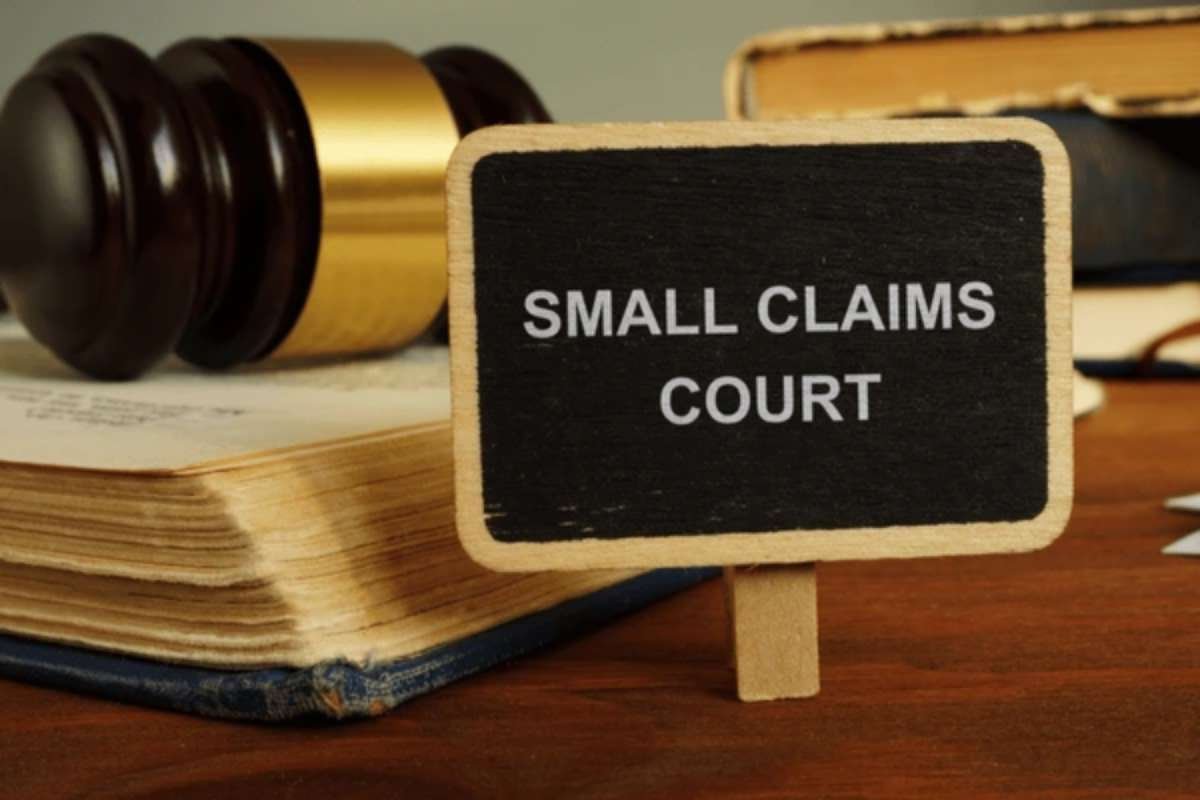You suffered a disability that prevents you from working and now want to claim the veterans administration claim you deserve. The VA requests applicants to include a thorough application with supporting evidence. Some veterans will have their applications denied, but this doesn’t mean you should give up. We’re here to help you navigate the VA claims process by providing you with all the information you need, including what to do if your claim is denied.
What Is a Veterans Administration Claim?

A Veterans Administration claim requests benefits in the form of monthly payments following an injury or illness that a veteran suffers while serving. VA disability benefits are also available to veterans with preexisting conditions that were made worse by serving. A veteran can claim disability prior to discharge from active duty or months or years after leaving service.
Who Is Eligible for Veterans Administration Claim?
Eligibility for Veterans Administration claim disability benefits includes:
- Have a current illness or injury that affects your mind or body, and
- Have served on active duty or attended active or inactive duty training
In addition to these two requirements, the VA also requires:
- You are to have been injured or become ill while on active duty in the military, or
- Noticed a worsening of symptoms of a preexisting condition after serving or
- Have the symptoms of a new disability that you didn’t notice until after leaving the service.
Whether you injured your back while serving or deal with daily anxiety as a result, VA benefits are available for a wide range of disabilities. The VA recognizes both physical and psychological disabilities, understanding that both can affect your day-to-day life. Additionally, some veterans may have more than one disability, especially since chronic pain conditions and anxiety or depression are commonly correlated. The evidence you need for your claim will depend on the type of disability.
How Can I File for VA Disability Benefits?
Once checking that you have met all of the listed requirements, you can submit an application online, which is the fastest and easiest way to apply for benefits.
There are also a lot of resources available if you need help filling out the application. You can also usually find VA programs within your community that honor or pay tribute to veterans to access additional benefits you may need.
How Long Does the VA Filing Process Take?

The timeline from filing your claim to receiving benefits depends on many things, like when you file, the current wait time, how clear your case is, and your disability. The average wait time currently for processing a VA application is 96 days. In the meantime, you can stay on top of updates, like the VA asking for additional evidence. Sometimes, helping the VA track down your documents, especially ones from physicians outside of the VA network or those from different states or countries, can help speed up the timeline.
What To Expect After Filing a VA Claim?
All applicants should receive a letter within one week verifying that the VA received the initial application. If you don’t, you should follow up with the VA. If the VA approves your application, you should receive your first payment within 15 days. Your approval rating also includes a disability percentage, which is what the VA bases compensation on. The higher the disability rating percentage, the more you’ll receive in benefits. The VA requires at least a 10% disability to receive any compensation.
Some applicants will receive a denial, which should include a reason in the letter. Some common reasons for denial include misinformation or incomplete form, unqualified disability, rejected medical evidence, or disability not service-connected.

In some cases, supplying additional evidence can provide the VA with the proof it needs to reverse your denial. Additional evidence you may include is a buddy letter, VA Nexus Letter, or Disability Benefits Questionnaire (DBQ). You might also supply additional evidence if you don’t believe your disability percentage rating accurately describes how your disability impacts your life.
Don’t give up if you get a denial on your first filing, as this isn’t uncommon. After qualifying for VA disability payments, determining your eligibility for other benefits, like health care, life insurance, and educational benefits, is also a good idea. The VA requires a disability rating of at least 30% to qualify your dependents for benefits.
Navigating life after active duty in the military isn’t easy. A disability can make adjusting even more difficult, especially if it affects your ability to earn an income. If you served in the military and now have a disability that fully or partially affects your ability to work, you may qualify for VA benefits. If denied, you have appeal rights available.


















